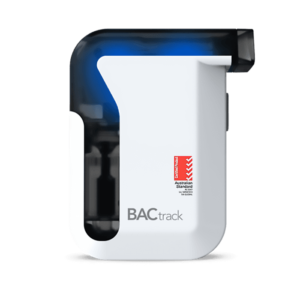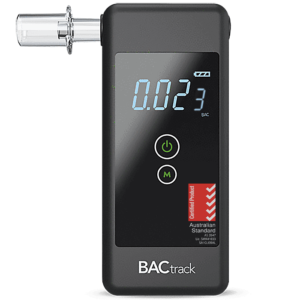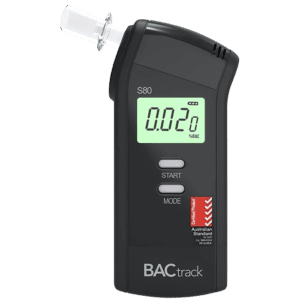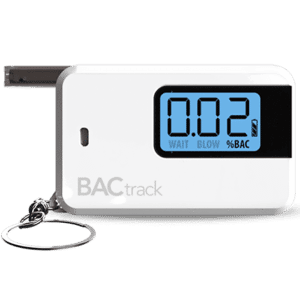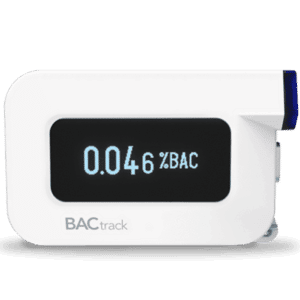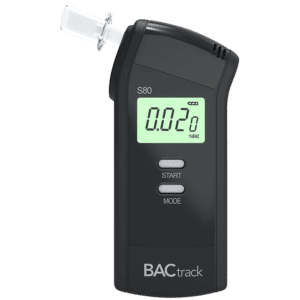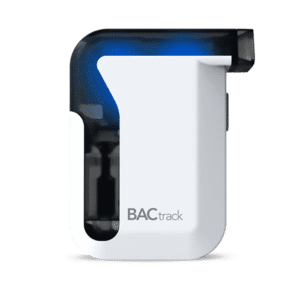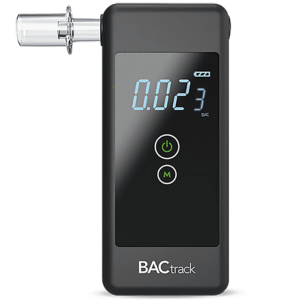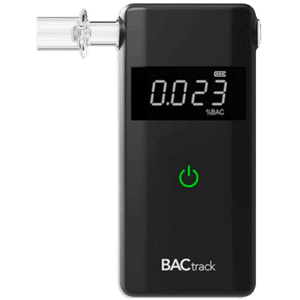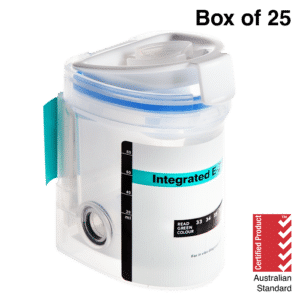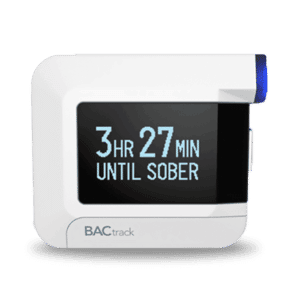Drug and Alcohol Screening: Definition and Types of Tests
21 February, 2024

Drug and alcohol screening is a process to detect the presence of drugs (illicit drugs and prescription drugs) and alcohol misuse. It is common in workplaces and healthcare settings. Furthermore, there are several types of tests. This may include urine testing, saliva testing, blood testing, hair testing, and breath alcohol testing. Moreover, understanding the results of the testing is essential. The results may either indicate the presence or absence of substances in the body of a person.
Illegal drug and alcohol abuse has long been recognised as a serious problem in society. It leads to numerous health issues, legal troubles, and social consequences. Hence, drug and alcohol testing programs are vital to address these concerns. Testing is an essential approach for employers, law enforcement, legal professionals, treatment facilities, and individuals. The following sections will present the alcohol and drug screening, the types of screening services, and how to understand the results.
What Is Drug and Alcohol Screening?
Substance abuse, whether it be alcohol or drugs, is a serious problem that can result in a range of consequences. This includes health problems, financial struggles, and strained relationships. Fortunately, there are drug and alcohol testing services available to combat the issue. Drug and alcohol screening is a procedure to identify the presence of drugs and alcohol in the system of a person.
The screening typically begins with the collection of biological samples. This may involve urine samples, saliva samples, blood samples, hair samples, and breath samples. Subsequently, these specimens will be forwarded to an actual laboratory for testing. For convenience, there are also testing kits that can analyse the samples onsite available in the market. Hence, individuals or organisations may purchase one for initial testing.
Furthermore, the screening is commonly utilised in workplaces. Employers may conduct it as part of pre-employment testing, random testing, reasonable suspicion testing, and post-accident testing. Law enforcement agencies also use screening devices during roadside sobriety checks. Lastly, healthcare providers and rehabilitation facilities utilise screening to assess patients or substance use and monitor them during rehabilitation.
Importance in Various Settings
- Workplace safety: identifying workers who may be under the influence of alcohol or drugs helps prevent accidents, injuries, and work-related hazards.
- Law enforcement: it can deter and identify individuals who are driving under the influence of harmful substances. Hence, this promotes road safety.
- Legal purpose: the screening, particularly with confirmatory reports, may be used in legal proceedings.
- Education and schools: they serve as a deterrent and help create a safe and conducive learning environment.
- Healthcare: this process helps identify people in need of intervention, support, or treatment for substance abuse disorders.
- Rehabilitation facilities: they provide critical information for developing treatment plans.
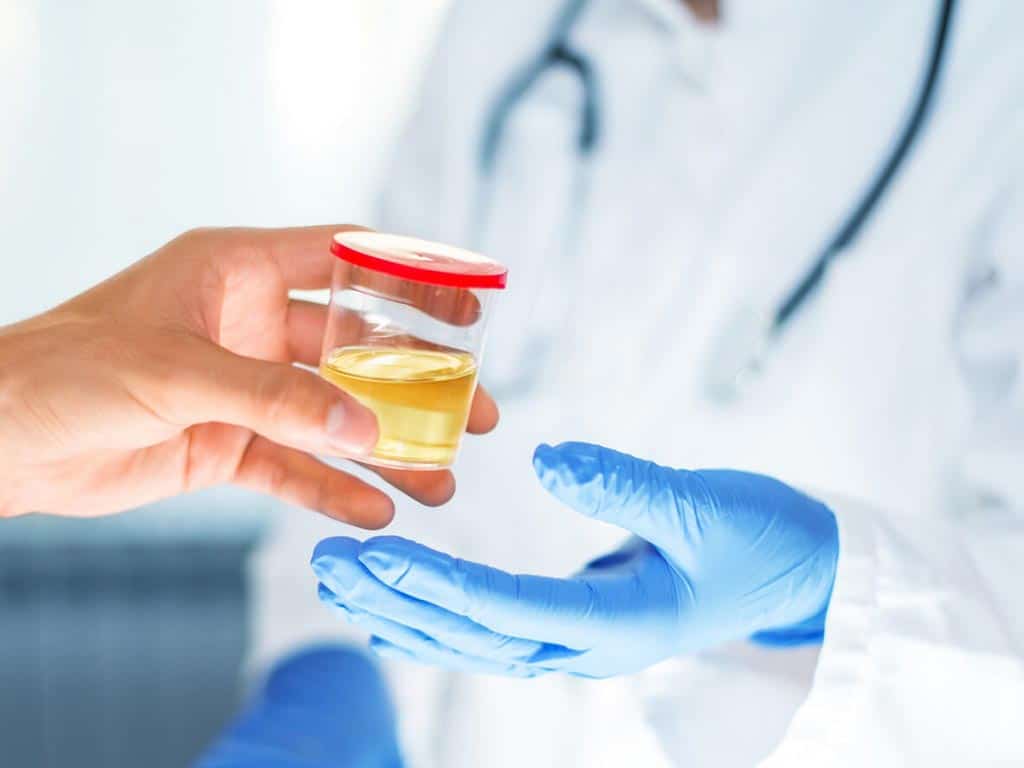
Types of Drug and Alcohol Screening
Drug and alcohol screening involves various types of tests. Urine tests are one of the most widely used methods. This approach is non-invasive and can detect a wide range of substances. Another popular type of screening is the oral fluid or saliva testing. It is also non-invasive and has a simple collection procedure. This approach can identify recent substance use.
Blood testing involves drawing a blood sample and analysing it for the presence of substances. It is highly accurate and can provide information about the actual level of intoxication. Furthermore, hair testing involves collecting a small sample of hair, typically from the scalp. This method can detect substance use over a longer period of about three months. Hence, it is valuable for assessing long-term use.
Alcohol breathalyser testing specifically detects alcohol in the breath of a person. This method measures the alcohol concentration levels or Blood Alcohol Concentration (BAC). It is non-invasive, quick to administer, and provides rapid results. Overall, each method has its advantages and considerations. The selection of specific screening methods depends on particular needs and objectives.
Detectable Substances
The screening methods can detect a wide range of substances. Foremost, it can identify the presence of illicit drugs. These are illegal substances that are not legally available for use and are often associated with abuse and addiction. This may include amphetamine substances, cocaine, heroin, cannabis, and phencyclidine.
Accordingly, the testing can monitor the presence of prescription or over-the-counter medications. These can encompass pain medications, sedatives, stimulants, and other pharmaceuticals. The detection of these substances is essential because their misuse or abuse can lead to health and impairment risks. Lastly, it can detect ethanol. This is an active ingredient found in most alcoholic beverages.

Understanding the Results of Drug and Alcohol Screening
When a person undergoes drug and alcohol screening, the results can provide valuable information about their substance use. Once the analysis of the samples is complete, the conductors may report the result as either positive or negative for the substances being tested. A positive result indicates the presence of substances, while a negative screening indicates the absence of alcohol or drugs.
For drug screening services, a positive result will typically specify the particular drugs that are present in the sample. Additionally, it is essential to note that some medications or over-the-counter drugs can produce positive results. Hence, individuals should disclose any medications they are taking. When interpreting the results of alcohol screening, breath tests using breathalysers provide the measurement of BAC levels. Some tests may only provide qualitative results that indicate certain BAC levels.
It is vital to understand that initial substance screening typically uses immunoassay methods. While it is generally accurate and effective, it is a qualitative test. Thus, it indicates the presence or absence of a substance without providing precise quantitative measurements. Therefore, after the initial testing, confirmation testing may occur to validate the results.
The Need for Confirmatory Testing
Confirmatory testing is essential as it offers a higher level of specificity and accuracy. While immunoassay testing can identify whether a particular substance is present, it does not provide detailed information. In contrast, confirmatory testing methods, such as Gas Chromatography-Mass Spectrometry (GC-MS) and Liquid Chromatography-Mass Spectrometry (LC-MS), can identify and quantify the exact substances present in the sample.
One of the primary reasons for conducting confirmation tests is to rule out the possibility of false-positive or false-negative results. Additionally, confirmation testing plays a crucial role in differentiating between substances that may have structural similarities.
Conclusion
In summary, drug and alcohol screening is an essential practice in many scenarios. It is a process to detect the presence of drugs or alcohol in the system of a person. Furthermore, it holds great importance for workplace safety, road safety, legal purposes, education, and healthcare and rehabilitation facilities. Subsequently, there are several types of screening methods. This may include urine testing, saliva testing, blood testing, hair testing, and breath testing for alcohol consumption.
The screening methods can detect a wide range of substances. This may involve cocaine, heroin, pain medications, sedatives, stimulants, and ethanol. Moreover, understanding the results of the screening provides valuable information. The conductors may report the result as either positive or negative. A positive result may indicate the presence of a substance, while a negative result may suggest the absence of a substance. Confirmatory testing helps to validate the initial screening results.


















